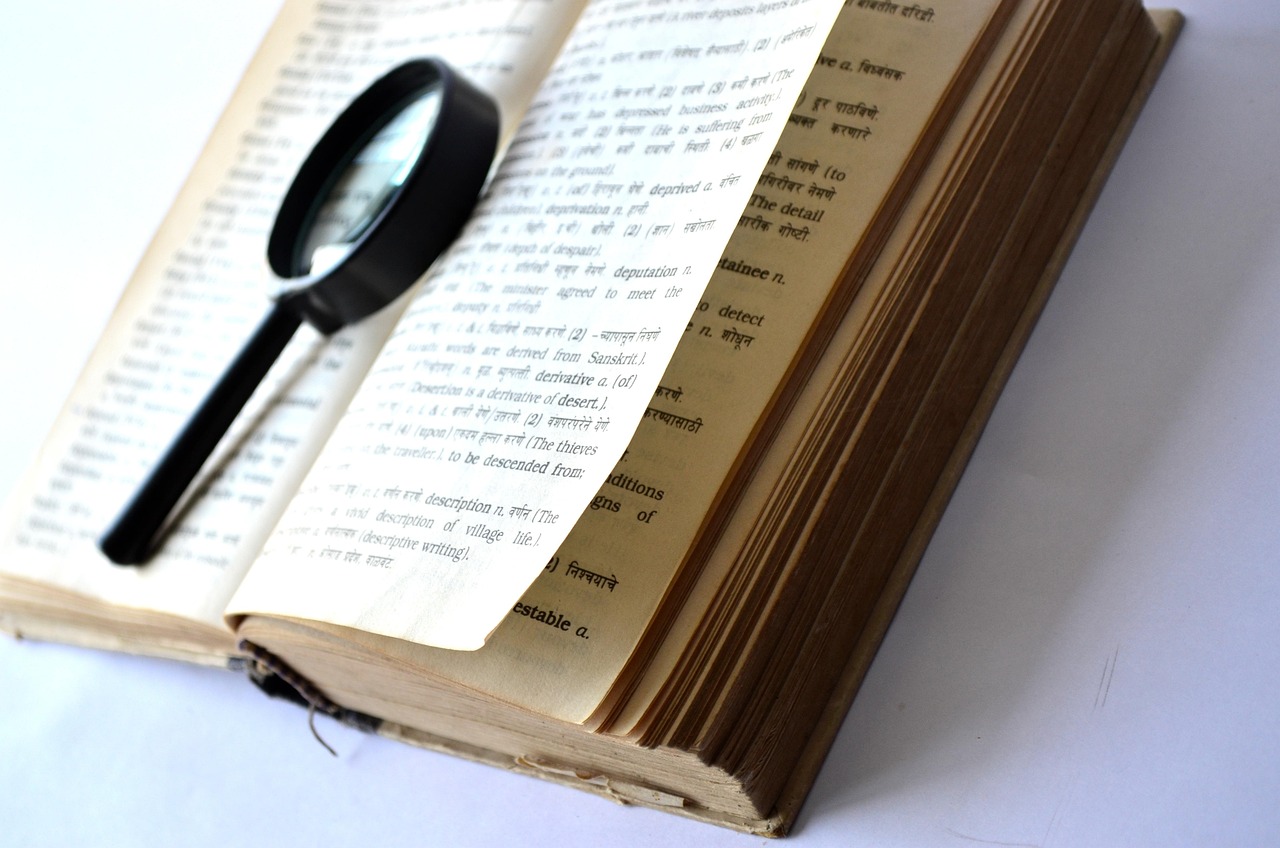掌握Python中的replace函数,实现字符串替换的高效方法
在编程中,处理字符串是一项常见的任务,无论是文本处理、数据分析还是简单的文本编辑,我们经常需要对字符串进行各种操作,其中最常见的就是字符串替换,Python 提供了多种方法来实现字符串替换,而replace 函数是其中最简单、最直观的一种,本文将详细介绍replace 函数的基本用法、高级技巧以及一些实际应用案例,帮助你更好地理解和使用这一强大的工具。
1. 基本用法
replace 函数的基本语法如下:
str.replace(old, new[, count])
old:要被替换的子字符串。
new:新的子字符串,用于替换old。
count(可选):指定替换的最大次数,如果省略,默认为所有匹配项都会被替换。
示例 1:基本替换
假设我们有一个字符串"Hello, World!",我们想将其中的"World" 替换为"Python":
text = "Hello, World!"
new_text = text.replace("World", "Python")
print(new_text) # 输出: Hello, Python!在这个例子中,replace 函数将字符串中的"World" 替换为"Python",生成了一个新的字符串"Hello, Python!"。
示例 2:指定替换次数
如果我们只想替换前两次出现的子字符串,可以使用count 参数:
text = "one one one two two"
new_text = text.replace("one", "three", 2)
print(new_text) # 输出: three three one two two在这个例子中,replace 函数只替换了前两次出现的"one",生成了新的字符串"three three one two two"。
2. 高级技巧
虽然replace 函数的基本用法已经非常强大,但还有一些高级技巧可以帮助你在更复杂的情况下使用它。
2.1 使用正则表达式

在某些情况下,我们需要进行更复杂的字符串匹配和替换,这时可以结合正则表达式来实现,Python 的re 模块提供了强大的正则表达式功能,可以与replace 函数一起使用。
import re text = "The price is $100 and the discount is 20%" new_text = re.sub(r'\$\d+', '$99', text) print(new_text) # 输出: The price is $99 and the discount is 20%
在这个例子中,我们使用re.sub 函数将所有的价格(以$ 开头的数字)替换为$99。
2.2 处理多行文本
处理多行文本时,replace 函数同样适用,假设我们有一个包含多行文本的字符串,我们想将其中的某个单词替换为另一个单词:
text = """This is line one.
This is line two.
This is line three."""
new_text = text.replace("line", "row")
print(new_text)输出结果:
This is row one. This is row two. This is row three.
在这个例子中,replace 函数成功地将每一行中的"line" 替换为"row"。
2.3 使用列表推导式
如果你需要对多个字符串进行相同的替换操作,可以使用列表推导式来简化代码:
texts = ["apple", "banana", "cherry"]
new_texts = [text.replace("a", "@") for text in texts]
print(new_texts) # 输出: ['@pple', 'b@n@n@', 'cherr@']在这个例子中,我们使用列表推导式将每个字符串中的字母"a" 替换为"@"。
3. 实际应用案例
了解了replace 函数的基本用法和高级技巧后,我们来看一些实际应用案例,这些案例展示了replace 函数在不同场景下的应用。
3.1 数据清洗
在数据科学和数据分析中,数据清洗是一个重要的步骤,假设我们有一个包含用户评论的数据集,其中有一些不规范的标点符号和特殊字符,我们需要将它们统一替换为标准格式:
comments = [
"This is a great product!!!",
"I really like it... :)",
"It's not bad, but could be better??"
]
cleaned_comments = [comment.replace("!!!", "!").replace("...", ".").replace("?", "").replace(":", "") for comment in comments]
print(cleaned_comments)输出结果:
['This is a great product!', 'I really like it.', "It's not bad, but could be better"]
在这个例子中,我们使用replace 函数将不规范的标点符号和特殊字符替换为标准格式,使数据更加整洁和一致。
3.2 文本格式化
在生成报告或文档时,我们经常需要对文本进行格式化,假设我们有一个包含多段文本的字符串,我们想将每段文本的首字母大写:
text = """this is the first paragraph.
this is the second paragraph.
this is the third paragraph."""
paragraphs = text.split("\n")
formatted_paragraphs = [p.replace(p[0], p[0].upper(), 1) for p in paragraphs]
formatted_text = "\n".join(formatted_paragraphs)
print(formatted_text)输出结果:
This is the first paragraph. This is the second paragraph. This is the third paragraph.
在这个例子中,我们使用split 函数将文本分割成多个段落,然后使用replace 函数将每段文本的首字母大写,最后再将段落重新组合成一个完整的字符串。
3.3 生成动态内容
在网页开发中,我们经常需要生成动态内容,假设我们有一个模板字符串,其中包含占位符,我们想用实际的数据替换这些占位符:
template = "Hello, {name}! Your order number is {order_number}."
data = {"name": "Alice", "order_number": "12345"}
dynamic_content = template.replace("{name}", data["name"]).replace("{order_number}", data["order_number"])
print(dynamic_content) # 输出: Hello, Alice! Your order number is 12345.在这个例子中,我们使用replace 函数将模板字符串中的占位符替换为实际的数据,生成了动态内容。
4. 总结
replace 函数是 Python 中处理字符串的一个非常强大且灵活的工具,通过本文的介绍,相信你已经掌握了replace 函数的基本用法和一些高级技巧,无论是在数据清洗、文本格式化还是生成动态内容等场景中,replace 函数都能帮助你高效地完成任务,希望本文对你有所帮助,如果你有任何问题或建议,欢迎在评论区留言交流!
5. 进一步阅读
如果你对字符串处理有更深入的兴趣,以下是一些进一步阅读的资源和链接:
Python 官方文档:[str.replace()](https://docs.python.org/3/library/stdtypes.html#str.replace)
正则表达式教程:[Python re 模块](https://docs.python.org/3/library/re.html)
数据清洗教程:[Pandas 数据清洗](https://pandas.pydata.org/pandas-docs/stable/user_guide/cleaning.html)
希望这些资源能帮助你进一步提升你的字符串处理技能!






195 条评论